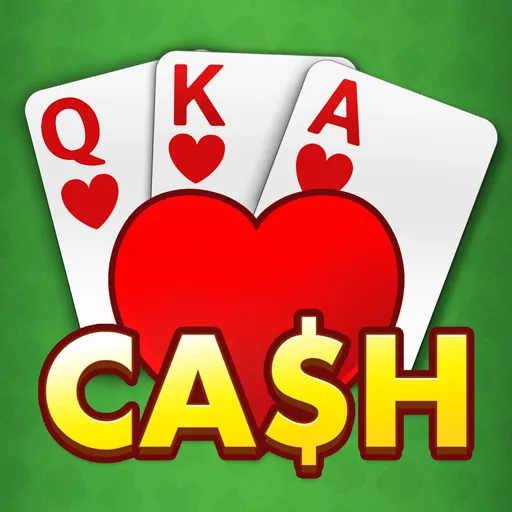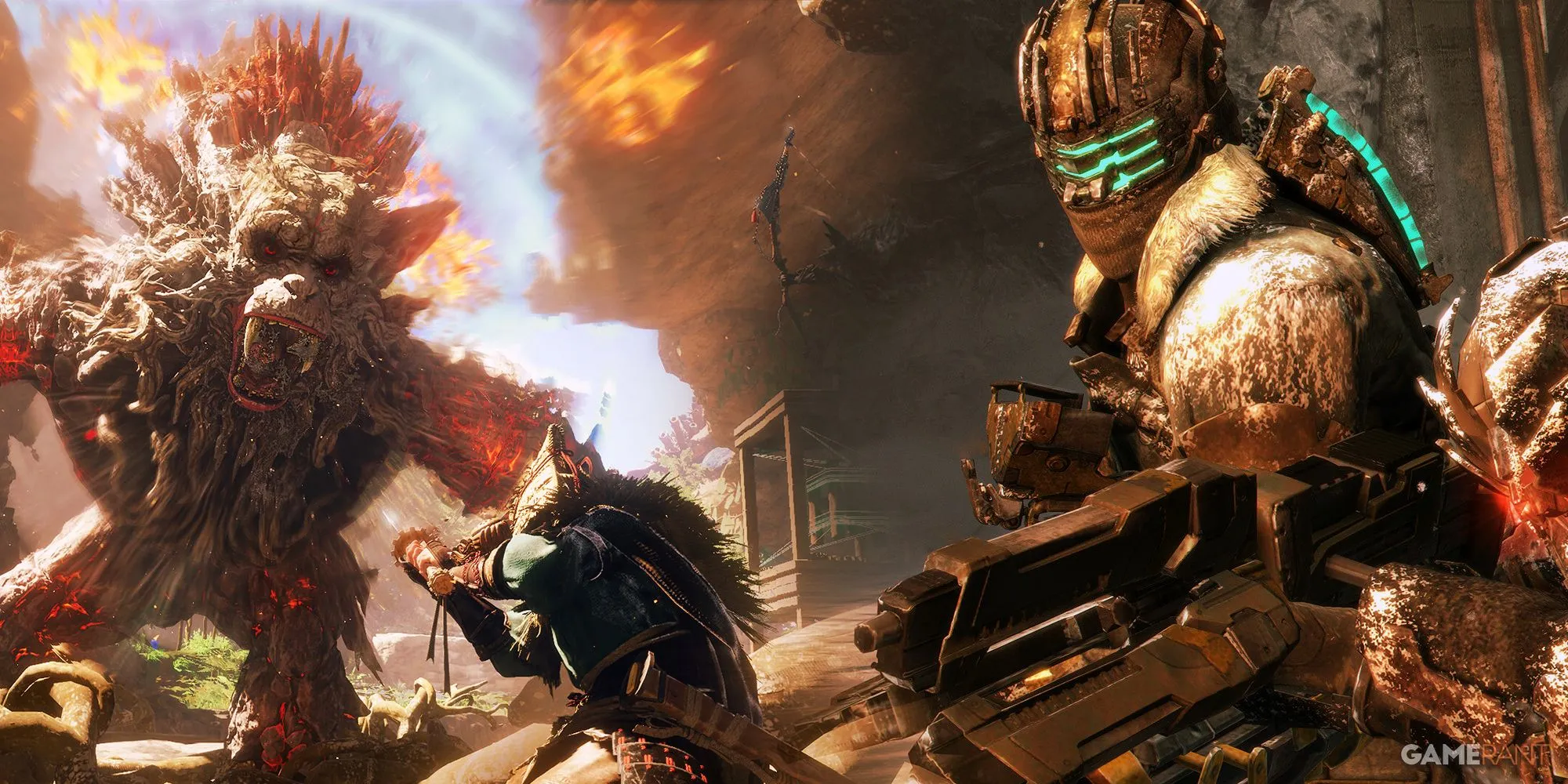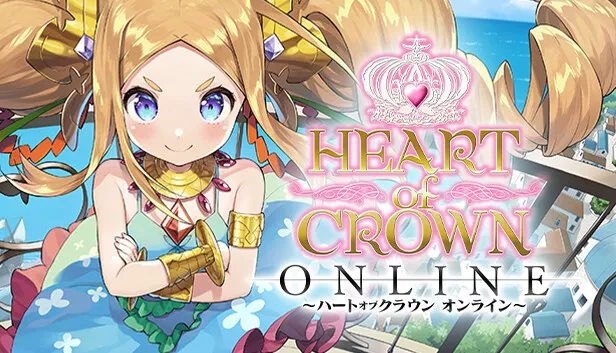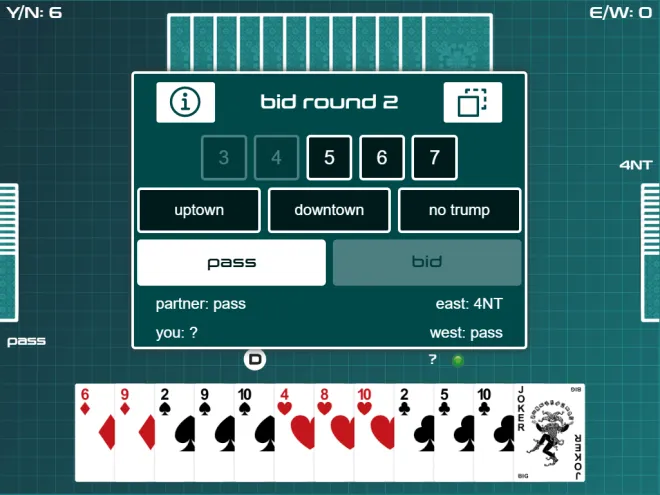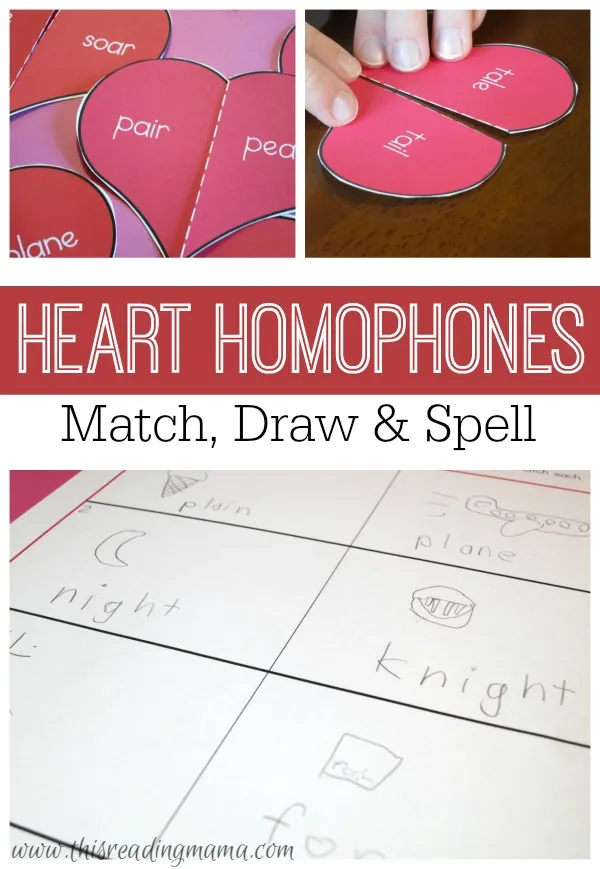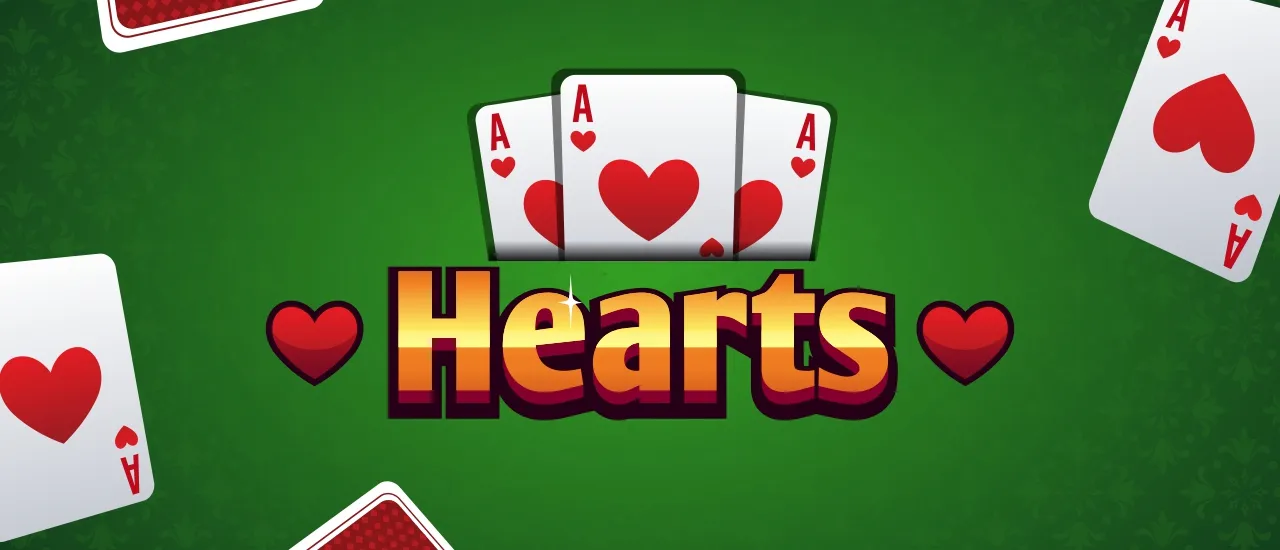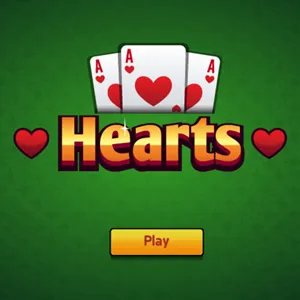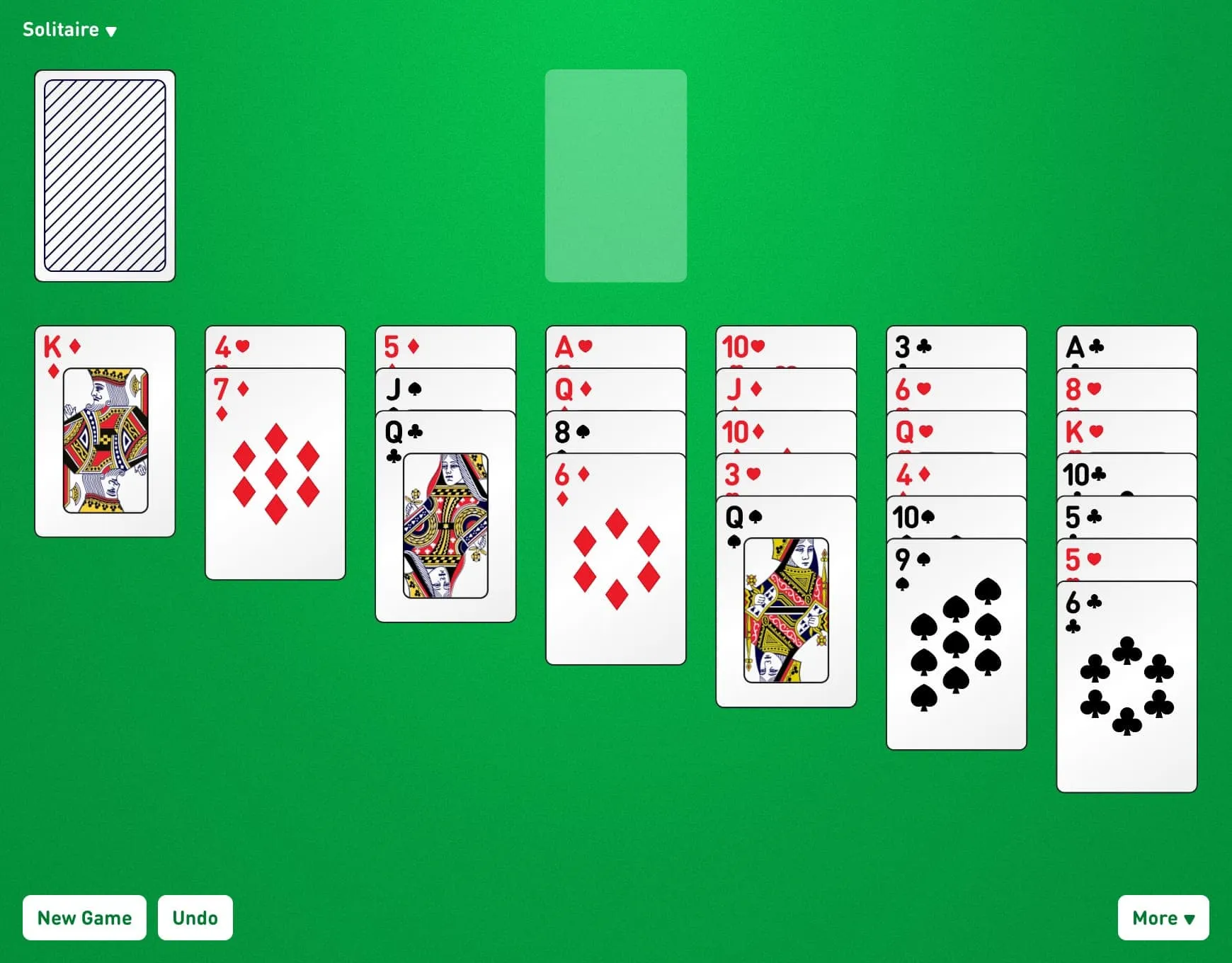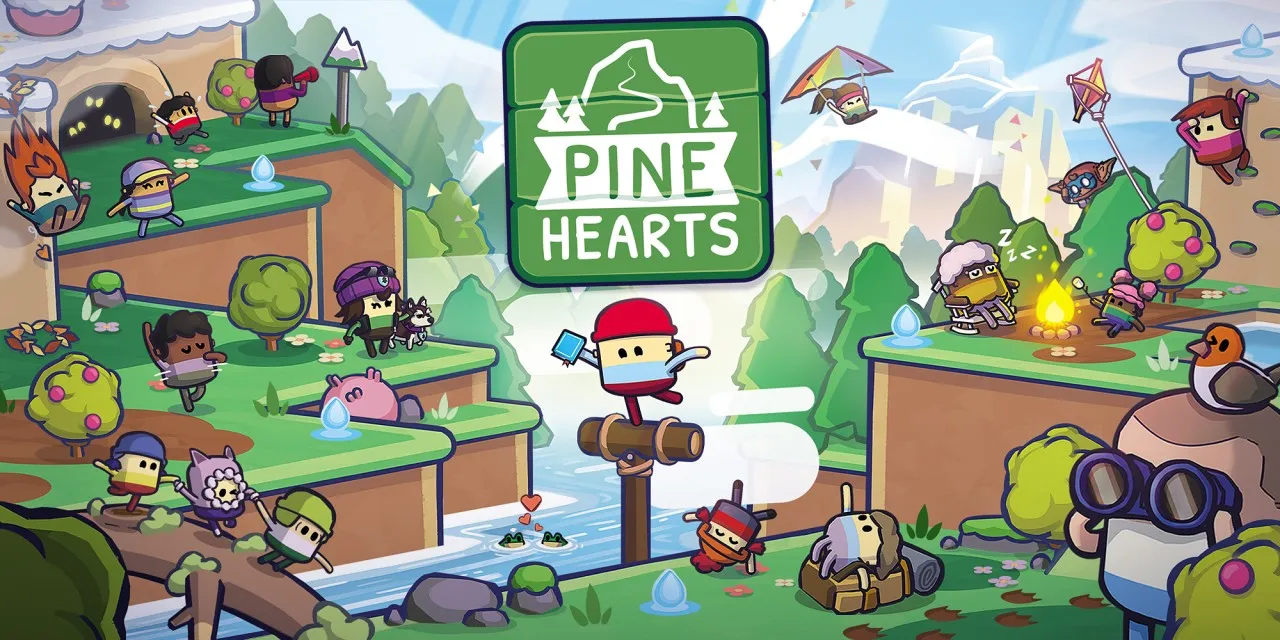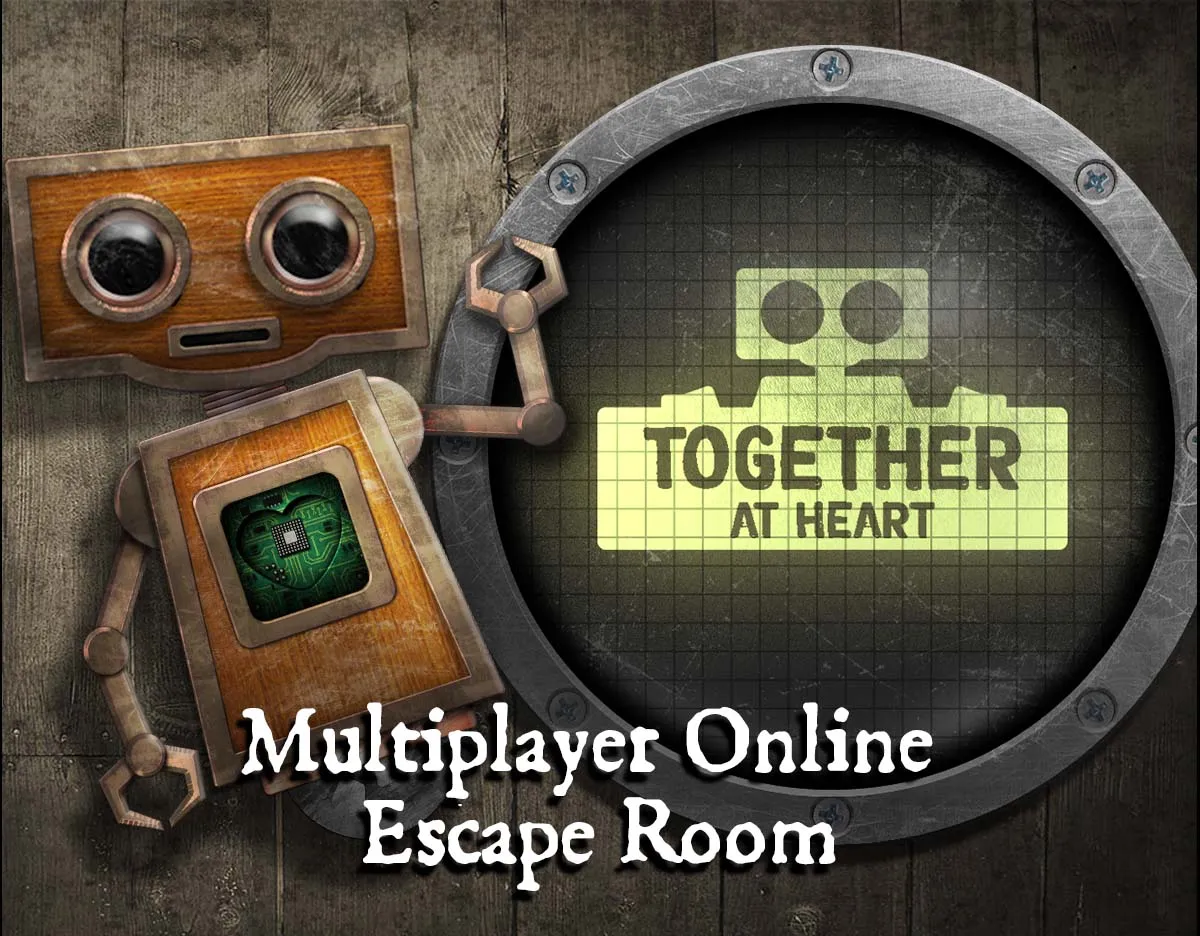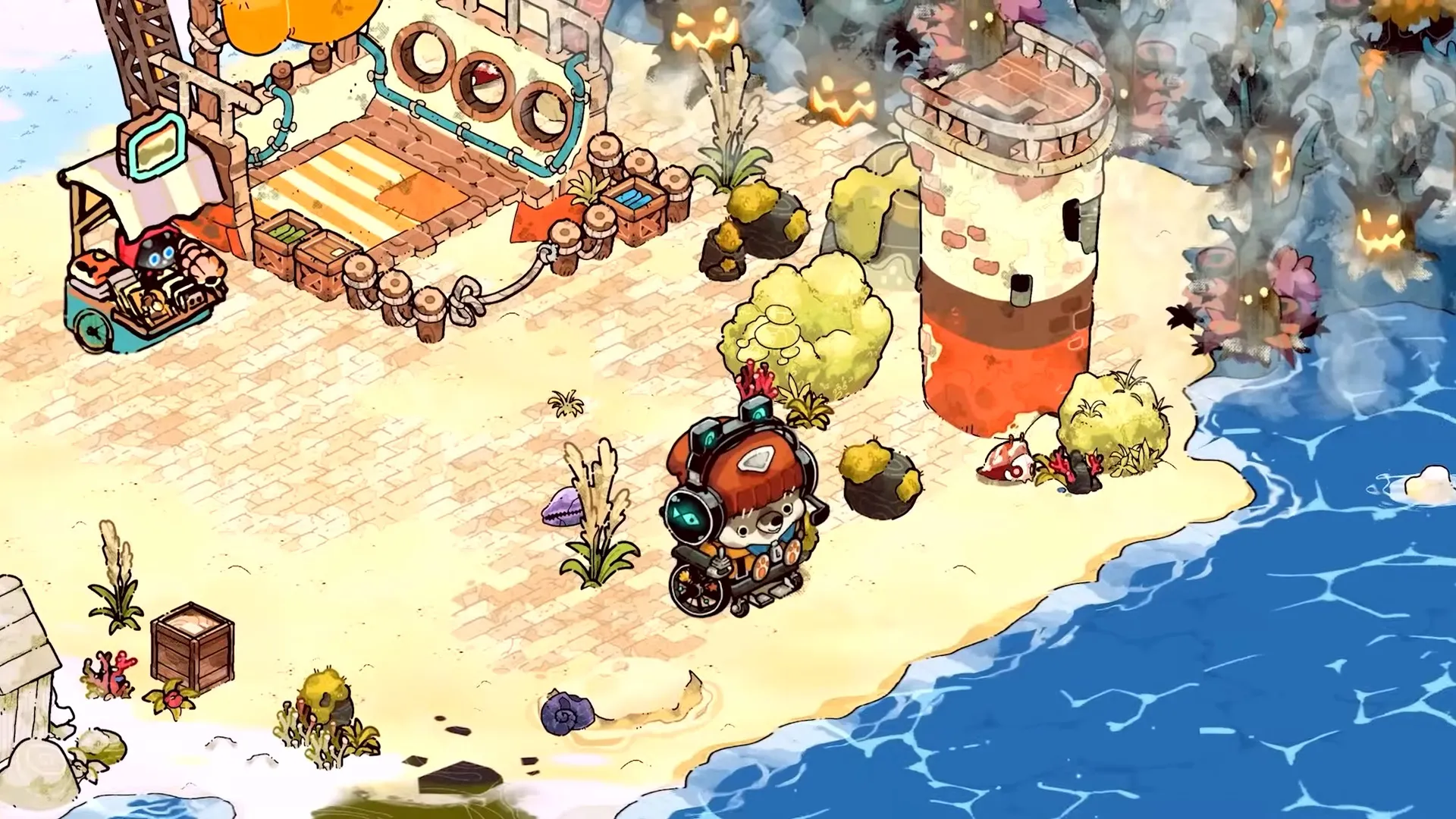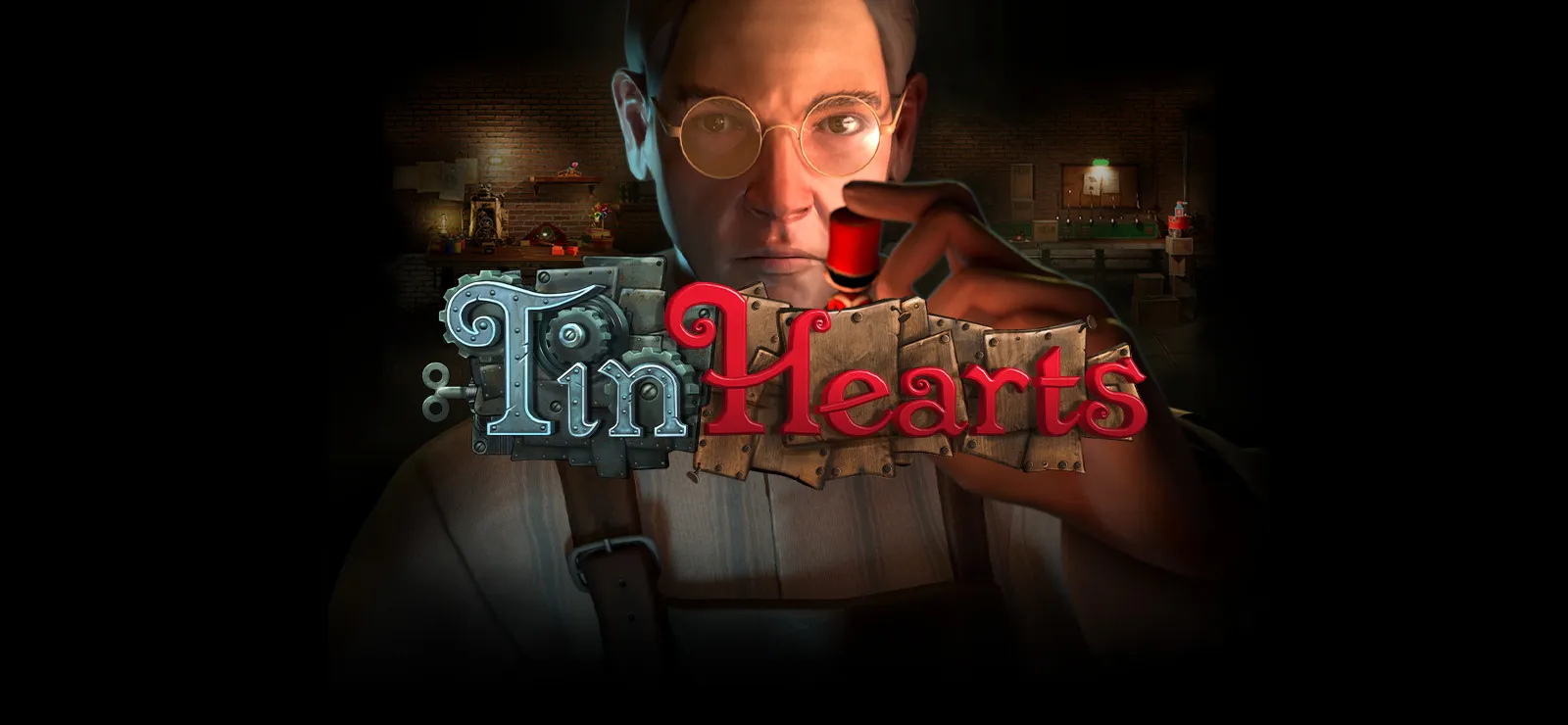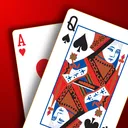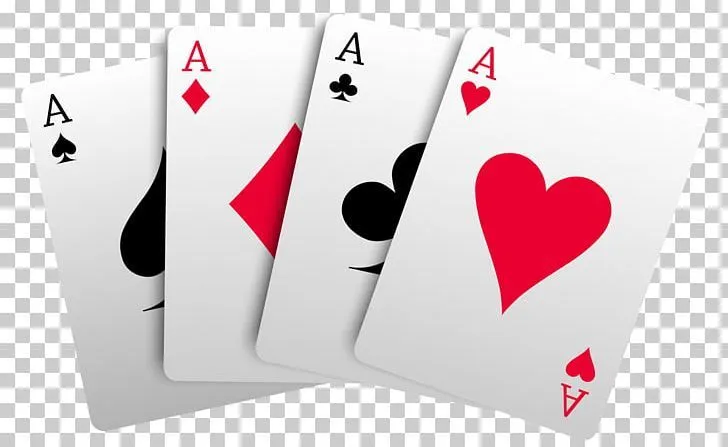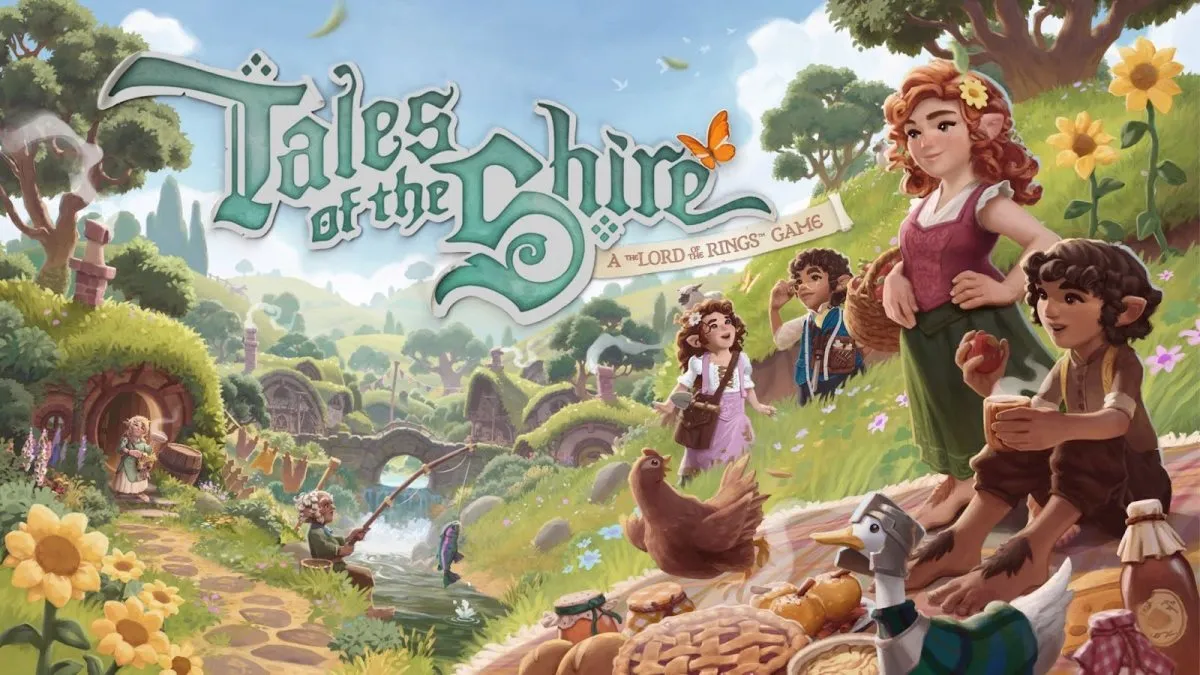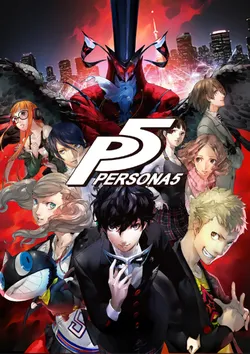The best card games to play with a standard deck CBC Life
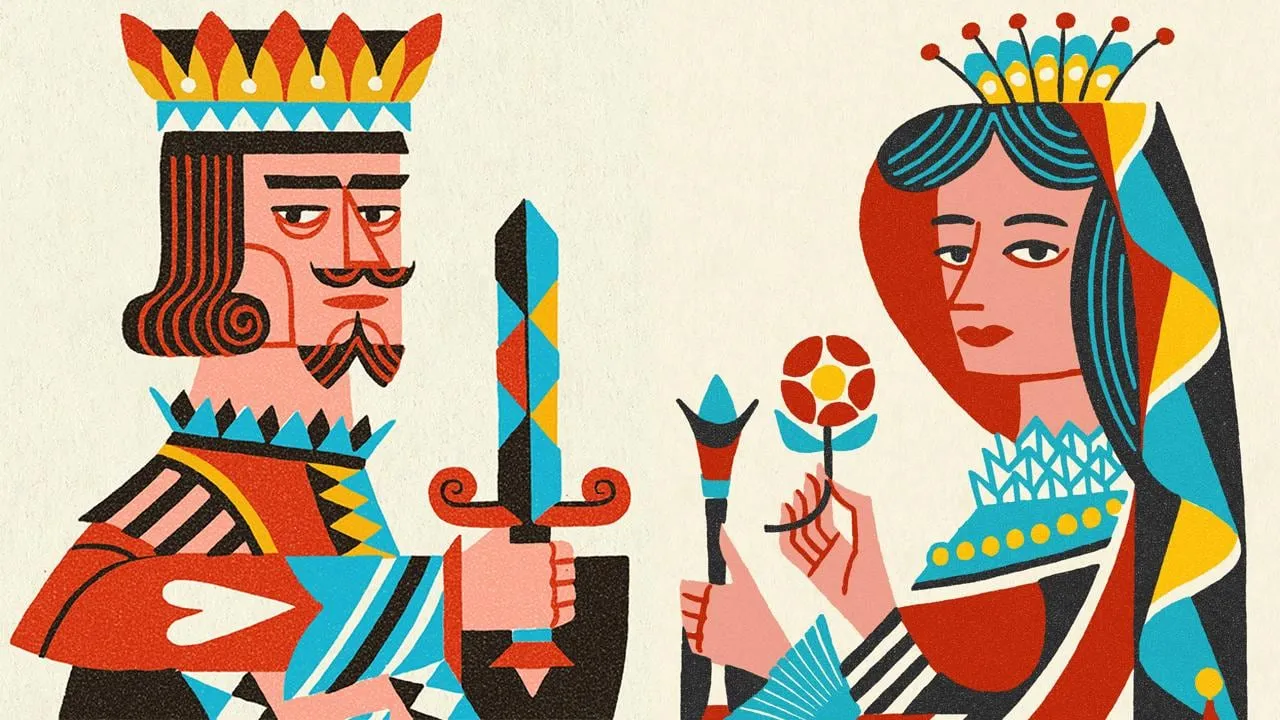
This list will have you suggesting card night every chance you get! This list will have you suggesting card night every chance you get!
This list will have you suggesting card night every chance you get!
Sebastian Yūe · CBC Life · Posted: Dec 10, 2020 5:47 PM EST | Last Updated: December 10, 2020
Social Sharing
 (Credit: iStock/Getty Images)Card games have entertained people for centuries and have always been a great way to pass time. They’re social, portable and inexpensive (unless you’re gambling with money), and the rules are easy to learn. For me, card games were integral to my childhood: I grew up playing cards with my parents and three siblings. I was six years old when I played my first card in a game of Crazy Eights, and I’ve dealt countless hands since then.
I’m passionate about a wide variety of games, whether they be board, tabletop or card games, and the ones listed here are what I’ve played most often and that bring back the best memories. If you decide to play them, I hope they serve you similarly well. They range from the straightforward to the complex, and all can be played with a standard 52-card deck.
(Credit: iStock/Getty Images)Card games have entertained people for centuries and have always been a great way to pass time. They’re social, portable and inexpensive (unless you’re gambling with money), and the rules are easy to learn. For me, card games were integral to my childhood: I grew up playing cards with my parents and three siblings. I was six years old when I played my first card in a game of Crazy Eights, and I’ve dealt countless hands since then.
I’m passionate about a wide variety of games, whether they be board, tabletop or card games, and the ones listed here are what I’ve played most often and that bring back the best memories. If you decide to play them, I hope they serve you similarly well. They range from the straightforward to the complex, and all can be played with a standard 52-card deck.
- The best card games to play with a big group
- Best single-player card games to play with a standard deck
Card games for 2 people
Most multiplayer card games can be scaled up or down to accommodate more or fewer players and the games mentioned here are no exception. There are variations for three people, but they’re at their best when you play with just two. 500 Rummy This is one of my favourite games because it doesn’t take long to play; the rules are simple; and there’s the dramatic possibility of starting out badly, but ultimately winning the game, and vice versa. It belongs to the rummy family of card games, which involve grouping cards together in certain sequences and sets. The objective is to be the first player to score 500 points. To score points, you must play sets of a minimum of three cards that are the same rank (e.g. three sevens) or a run of cards in a sequence of the same suit (e.g. 10, jack, queen of spades). The game is played in rounds, which end when one player has no cards left in their hand. The catch is if you still have cards in your hand at the end of the round, the value of those cards is deducted from your score. In my experience, there are two main strategies: aim to end the round early to catch the other player(s) out with a lot of cards in their hand; or try to make the round last as long as possible so you have more opportunities to pick up cards and score points. The drawback of the first strategy is it’s often difficult to score high in a short round, even if you don’t have to subtract anything. The drawback of the second tactic is you have to pick up cards to score high, and if another player ends the round, you may suffer a hefty penalty. You can vary your strategy from round to round depending on which cards you’re dealt. How to play 500 Rummy Cribbage Even if you’ve never played cribbage before, you might know it involves a board to keep score. I love the board because it’s such an iconic part of the game, but you don’t have to have one to play. There have been times when I haven’t had a board nearby, and I’ve kept score with pen and paper. The objective is to score either 61 or 121 points (you can play to either total), earned by forming groups of two or more cards of the same value, runs, and card combinations that add up to 15. The running total can’t exceed 31 during play. It’s a quirky game with three phases in which you can score points, but it’s not nearly as complicated as it sounds. When the cards are dealt, each player gets six cards and must discard two, which go into the crib — the extra hand from which the dealer can score points. Cribbage is the perfect balance of strategy and luck. With the discard rule at the start of the game, you have to determine your strategy before you know whether you’ll be able to execute it. There is also a random card which is turned face up and which both players may count as part of their hand. So you can choose what to discard in the hope that a particular card will turn up. The play ends the moment either player reaches the agreed total, whether by pegging or counting their hand. How to play cribbage
The best old favourites
These beloved classics are often played long into the night and are staples of veteran card tables. These games have endured particularly well because they’re among the most social of card games and have become a part of pop culture through films, television and gaming. Euchre Popular in parts of Canada — especially Ontario — euchre is a trick-taking game for four people on two teams (though there are variations for between two and eight players). For a card game that forbids table talk, it’s a surprisingly social game. The better you know your partner, the better your chances of winning. Trust in your partner is vital and as important as strategy. The objective is to win at least three tricks, with a bonus for winning all five. This is done by playing the highest-ranking card in a round. In euchre, a trump suit is called, which means all cards of that suit, plus the jack of the suit of the same colour, become the highest-ranking cards. The trick here (pun intended!) is to trust that your partner knows what they are doing. If your partner plays an ace, for example, they’re likely to win the trick for your team. So if you have a card higher than an ace, it’s likely a waste to play it because your partner is likely to win the trick. You can save that strong card for another trick later. How to play euchre Poker Poker is so ingrained in our culture, most people have heard of it. Admittedly, I had never read the rules before playing; I learned how to play solely by watching James Bond films. It got me so far as winning $62 US at a casino once, which I promptly lost the following round. Poker can be every bit as dramatic as it is in the movies. And there’s something in it for everyone — from the strategist who calculates the odds meticulously to the observer who can tell which players are bluffing. The objective in poker is to win money (or chips, which may or may not represent money). You do this either by forming the best five-card hand at the table or bluffing your way to victory with a lower-ranking hand and persuading other players to fold. Depending on whether you’re playing at home or in a casino, the game can be as serious or as casual as you like. If you’ve never played poker, I highly recommend giving it a shot just so you can have the experience. You can bet it’ll be memorable. How to play poker Hearts Like euchre, hearts is a trick-taking game. However, the objective is to take the fewest number of tricks and avoid scoring points. For this reason, it is known as a game of evasion. Three or more players may gather round a table for hearts, but it’s most often played with four people. All the cards are dealt, and each heart scores one point, with the queen of spades scoring 13 points. It’s a common strategy to lead with a low-ranking spade after the first trick to draw the queen out. The game ends when one player scores 100 points or more. All players tally up their points, and the person with the fewest wins. If you’re feeling ambitious, you may try to “shoot the moon,” which is when you win all 13 hearts plus the queen of spades. In this case, your score is reduced by 26 points or you can choose to increase the scores of all other players by 26 points. Hearts came with an early version of Microsoft Windows in 1992 and was included in every version of the program up to Windows XP and ME. How to play hearts
The best games to play as a family
Card games are a great way to support your kids’ arithmetic and strategy skills — but fun comes first. Many are suitable for children, but don’t think that adults can’t enjoy them too. Try some of these as a family, and you’ll have your kids begging to do math without realizing it. Cheat (I Doubt It) Cheat is a lot of fun, especially if you have children who delight in mischief. I might be part of the generation who learned it first through the gaming site Neopets.com, but I have played my fair share of offline Cheat too. It’s a highly satisfying game because there’s nothing like knowing another player is cheating because you have the cards they claim to have. The objective is to get rid of all your cards by taking turns playing them in sequence. The fun part is you can try to discard more cards than the rules allow by pretending that your two threes are actually two sevens — if you can’t play your threes when it’s time to discard, for example. Children and adults alike will enjoy getting away with cheating and catching other players cheating. How to play Cheat Fan Tan This is a game that my family used to close out card game night because it inherently reorders the deck and leaves it ready to be shuffled again for the next game night. It’s straightforward: the objective is to get rid of all the cards in your hand by playing them in sequence. Since a seven starts a row for a suit, you can annoy other players who have cards of that suit by holding onto your seven. How to play Fan Tan 99 This game is fast-paced and requires quick mental addition. Certain cards have designated values and actions, which can be written down on a cheat sheet for reference. The objective is to play your cards without taking the value of the pile in the centre over 99. You can push the value up to 99 to make the other players struggle, and you can reverse the direction of play to save yourself when needed. It’s best to save your smaller value cards and special cards until the end stages of the game so you have them when you need them. Children will enjoy the speed of the game and creating strategies to stay afloat when the value of the pile is high. How to play 99
Personal recommendations
All of the above games have a special place in my heart, but here are a couple you might not have heard of. I have fond memories of playing these with friends, family and strangers alike. Rummoli Rummoli, aka Tripoli, is a Canadian game that is part board game and part poker. It’s a delight and my favourite game for a large group of people. It’s light on strategy and heavy on fun. An ideal group for Rummoli is four to six players, but it can be played with as few as two and as many as eight. The more players there are, the faster the game goes. Ideally, you’d play with a Rummoli board, but if you don’t have one, you can just mark designated spaces on a large piece of paper where players can place their chips. These areas correspond to different cards or sequences in the second phase of the game. Each player puts a chip on each space on the board. There’s also a pot which goes to the winner of the poker phase. That phase is a traditional hand of poker; whoever has the highest-ranking hand wins. After the poker game, people play their cards in sequence. The twist is there’s a “ghost” hand dealt, and cards from this hand cannot be played. There’s a chance you won’t be able to complete a sequence because one of the preceding cards is in the ghost hand. How to play Rummoli Spite and Malice I learned this game while I was on holiday in 2018. It’s designed for two players, but can be played with more. (I learned a four-player version.) If you like to meddle with your opponents’ strategy as much as trying to win for yourself, this is the game for you. The objective of the game is get rid of all the cards in your “payoff pile” by playing them on stacks in the centre of the table. The card on top of each player’s payoff pile is always turned face up, so you know which card your opponents are trying to get rid of, and you can try to block them from playing those cards. It can be gratifying to watch an opponent end their turn because it’s their only possible move. Spite and Malice is one of the more strategic games listed here. It’s a lot of fun; just be sure not to ruin any friendships while you’re on your quest to win. How to play Spite and Malice Sebastian Yūe is an Ontario-based writer, editor, tabletop game designer and player of many games. They are the author of Lake of Secrets, an adventure for the fifth edition of Dungeons & Dragons, and they work full-time for roleplaying game publisher Hit Point Press. Sebastian has been playing card games since they were six years old. Visit their website: www.sebastianyue.ca/ttrpgs, and follow them on X (formerly known as Twitter) and on Bluesky Social @sebastianyue. Most multiplayer card games can be scaled up or down to accommodate more or fewer players and the games mentioned here are no exception. There are variations for three people, but they’re at their best when you play with just two. 500 Rummy This is one of my favourite games because it doesn’t take long to play; the rules are simple; and there’s the dramatic possibility of starting out badly, but ultimately winning the game, and vice versa. It belongs to the rummy family of card games, which involve grouping cards together in certain sequences and sets. The objective is to be the first player to score 500 points. To score points, you must play sets of a minimum of three cards that are the same rank (e.g. three sevens) or a run of cards in a sequence of the same suit (e.g. 10, jack, queen of spades). The game is played in rounds, which end when one player has no cards left in their hand. The catch is if you still have cards in your hand at the end of the round, the value of those cards is deducted from your score. In my experience, there are two main strategies: aim to end the round early to catch the other player(s) out with a lot of cards in their hand; or try to make the round last as long as possible so you have more opportunities to pick up cards and score points. The drawback of the first strategy is it’s often difficult to score high in a short round, even if you don’t have to subtract anything. The drawback of the second tactic is you have to pick up cards to score high, and if another player ends the round, you may suffer a hefty penalty. You can vary your strategy from round to round depending on which cards you’re dealt. How to play 500 Rummy Cribbage Even if you’ve never played cribbage before, you might know it involves a board to keep score. I love the board because it’s such an iconic part of the game, but you don’t have to have one to play. There have been times when I haven’t had a board nearby, and I’ve kept score with pen and paper. The objective is to score either 61 or 121 points (you can play to either total), earned by forming groups of two or more cards of the same value, runs, and card combinations that add up to 15. The running total can’t exceed 31 during play. It’s a quirky game with three phases in which you can score points, but it’s not nearly as complicated as it sounds. When the cards are dealt, each player gets six cards and must discard two, which go into the crib — the extra hand from which the dealer can score points. Cribbage is the perfect balance of strategy and luck. With the discard rule at the start of the game, you have to determine your strategy before you know whether you’ll be able to execute it. There is also a random card which is turned face up and which both players may count as part of their hand. So you can choose what to discard in the hope that a particular card will turn up. The play ends the moment either player reaches the agreed total, whether by pegging or counting their hand. How to play cribbage
The best old favourites
These beloved classics are often played long into the night and are staples of veteran card tables. These games have endured particularly well because they’re among the most social of card games and have become a part of pop culture through films, television and gaming. Euchre Popular in parts of Canada — especially Ontario — euchre is a trick-taking game for four people on two teams (though there are variations for between two and eight players). For a card game that forbids table talk, it’s a surprisingly social game. The better you know your partner, the better your chances of winning. Trust in your partner is vital and as important as strategy. The objective is to win at least three tricks, with a bonus for winning all five. This is done by playing the highest-ranking card in a round. In euchre, a trump suit is called, which means all cards of that suit, plus the jack of the suit of the same colour, become the highest-ranking cards. The trick here (pun intended!) is to trust that your partner knows what they are doing. If your partner plays an ace, for example, they’re likely to win the trick for your team. So if you have a card higher than an ace, it’s likely a waste to play it because your partner is likely to win the trick. You can save that strong card for another trick later. How to play euchre Poker Poker is so ingrained in our culture, most people have heard of it. Admittedly, I had never read the rules before playing; I learned how to play solely by watching James Bond films. It got me so far as winning $62 US at a casino once, which I promptly lost the following round. Poker can be every bit as dramatic as it is in the movies. And there’s something in it for everyone — from the strategist who calculates the odds meticulously to the observer who can tell which players are bluffing. The objective in poker is to win money (or chips, which may or may not represent money). You do this either by forming the best five-card hand at the table or bluffing your way to victory with a lower-ranking hand and persuading other players to fold. Depending on whether you’re playing at home or in a casino, the game can be as serious or as casual as you like. If you’ve never played poker, I highly recommend giving it a shot just so you can have the experience. You can bet it’ll be memorable. How to play poker Hearts Like euchre, hearts is a trick-taking game. However, the objective is to take the fewest number of tricks and avoid scoring points. For this reason, it is known as a game of evasion. Three or more players may gather round a table for hearts, but it’s most often played with four people. All the cards are dealt, and each heart scores one point, with the queen of spades scoring 13 points. It’s a common strategy to lead with a low-ranking spade after the first trick to draw the queen out. The game ends when one player scores 100 points or more. All players tally up their points, and the person with the fewest wins. If you’re feeling ambitious, you may try to “shoot the moon,” which is when you win all 13 hearts plus the queen of spades. In this case, your score is reduced by 26 points or you can choose to increase the scores of all other players by 26 points. Hearts came with an early version of Microsoft Windows in 1992 and was included in every version of the program up to Windows XP and ME. How to play hearts
The best games to play as a family
Card games are a great way to support your kids’ arithmetic and strategy skills — but fun comes first. Many are suitable for children, but don’t think that adults can’t enjoy them too. Try some of these as a family, and you’ll have your kids begging to do math without realizing it. Cheat (I Doubt It) Cheat is a lot of fun, especially if you have children who delight in mischief. I might be part of the generation who learned it first through the gaming site Neopets.com, but I have played my fair share of offline Cheat too. It’s a highly satisfying game because there’s nothing like knowing another player is cheating because you have the cards they claim to have. The objective is to get rid of all your cards by taking turns playing them in sequence. The fun part is you can try to discard more cards than the rules allow by pretending that your two threes are actually two sevens — if you can’t play your threes when it’s time to discard, for example. Children and adults alike will enjoy getting away with cheating and catching other players cheating. How to play Cheat Fan Tan This is a game that my family used to close out card game night because it inherently reorders the deck and leaves it ready to be shuffled again for the next game night. It’s straightforward: the objective is to get rid of all the cards in your hand by playing them in sequence. Since a seven starts a row for a suit, you can annoy other players who have cards of that suit by holding onto your seven. How to play Fan Tan 99 This game is fast-paced and requires quick mental addition. Certain cards have designated values and actions, which can be written down on a cheat sheet for reference. The objective is to play your cards without taking the value of the pile in the centre over 99. You can push the value up to 99 to make the other players struggle, and you can reverse the direction of play to save yourself when needed. It’s best to save your smaller value cards and special cards until the end stages of the game so you have them when you need them. Children will enjoy the speed of the game and creating strategies to stay afloat when the value of the pile is high. How to play 99
Personal recommendations
All of the above games have a special place in my heart, but here are a couple you might not have heard of. I have fond memories of playing these with friends, family and strangers alike. Rummoli Rummoli, aka Tripoli, is a Canadian game that is part board game and part poker. It’s a delight and my favourite game for a large group of people. It’s light on strategy and heavy on fun. An ideal group for Rummoli is four to six players, but it can be played with as few as two and as many as eight. The more players there are, the faster the game goes. Ideally, you’d play with a Rummoli board, but if you don’t have one, you can just mark designated spaces on a large piece of paper where players can place their chips. These areas correspond to different cards or sequences in the second phase of the game. Each player puts a chip on each space on the board. There’s also a pot which goes to the winner of the poker phase. That phase is a traditional hand of poker; whoever has the highest-ranking hand wins. After the poker game, people play their cards in sequence. The twist is there’s a “ghost” hand dealt, and cards from this hand cannot be played. There’s a chance you won’t be able to complete a sequence because one of the preceding cards is in the ghost hand. How to play Rummoli Spite and Malice I learned this game while I was on holiday in 2018. It’s designed for two players, but can be played with more. (I learned a four-player version.) If you like to meddle with your opponents’ strategy as much as trying to win for yourself, this is the game for you. The objective of the game is get rid of all the cards in your “payoff pile” by playing them on stacks in the centre of the table. The card on top of each player’s payoff pile is always turned face up, so you know which card your opponents are trying to get rid of, and you can try to block them from playing those cards. It can be gratifying to watch an opponent end their turn because it’s their only possible move. Spite and Malice is one of the more strategic games listed here. It’s a lot of fun; just be sure not to ruin any friendships while you’re on your quest to win. How to play Spite and Malice Sebastian Yūe is an Ontario-based writer, editor, tabletop game designer and player of many games. They are the author of Lake of Secrets, an adventure for the fifth edition of Dungeons & Dragons, and they work full-time for roleplaying game publisher Hit Point Press. Sebastian has been playing card games since they were six years old. Visit their website: www.sebastianyue.ca/ttrpgs, and follow them on X (formerly known as Twitter) and on Bluesky Social @sebastianyue.
Related Stories
- The best card games to play with a big group
- Best single-player card games to play with a standard deck
- The beginner’s guide to the greatest pastimes: Cribbage
- The beginner’s guide to the greatest pastimes: Euchre
- The best card games to play with a big group
- Best single-player card games to play with a standard deck
- The beginner’s guide to the greatest pastimes: Cribbage
- The beginner’s guide to the greatest pastimes: Euchre
Add some “good” to your morning and evening. A variety of newsletters you’ll love, delivered straight to you. Sign up now Add some “good” to your morning and evening. A variety of newsletters you’ll love, delivered straight to you.
This site only collects related articles. Viewing the original, please copy and open the following link:The best card games to play with a standard deck CBC Life







